
How to Use Tether Interface Board DC 12V: Examples, Pinouts, and Specs
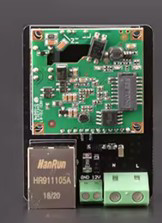
 Design with Tether Interface Board DC 12V in Cirkit Designer
Design with Tether Interface Board DC 12V in Cirkit DesignerIntroduction
The Tether Interface Board DC 12V is a specialized circuit board designed to enable seamless communication and power delivery between a tethered device and its power source. Operating at a DC voltage of 12V, this board is ideal for applications requiring reliable power transmission and data exchange over a tethered connection. It is commonly used in robotics, underwater drones, industrial automation, and other systems where tethered communication is essential.
Explore Projects Built with Tether Interface Board DC 12V
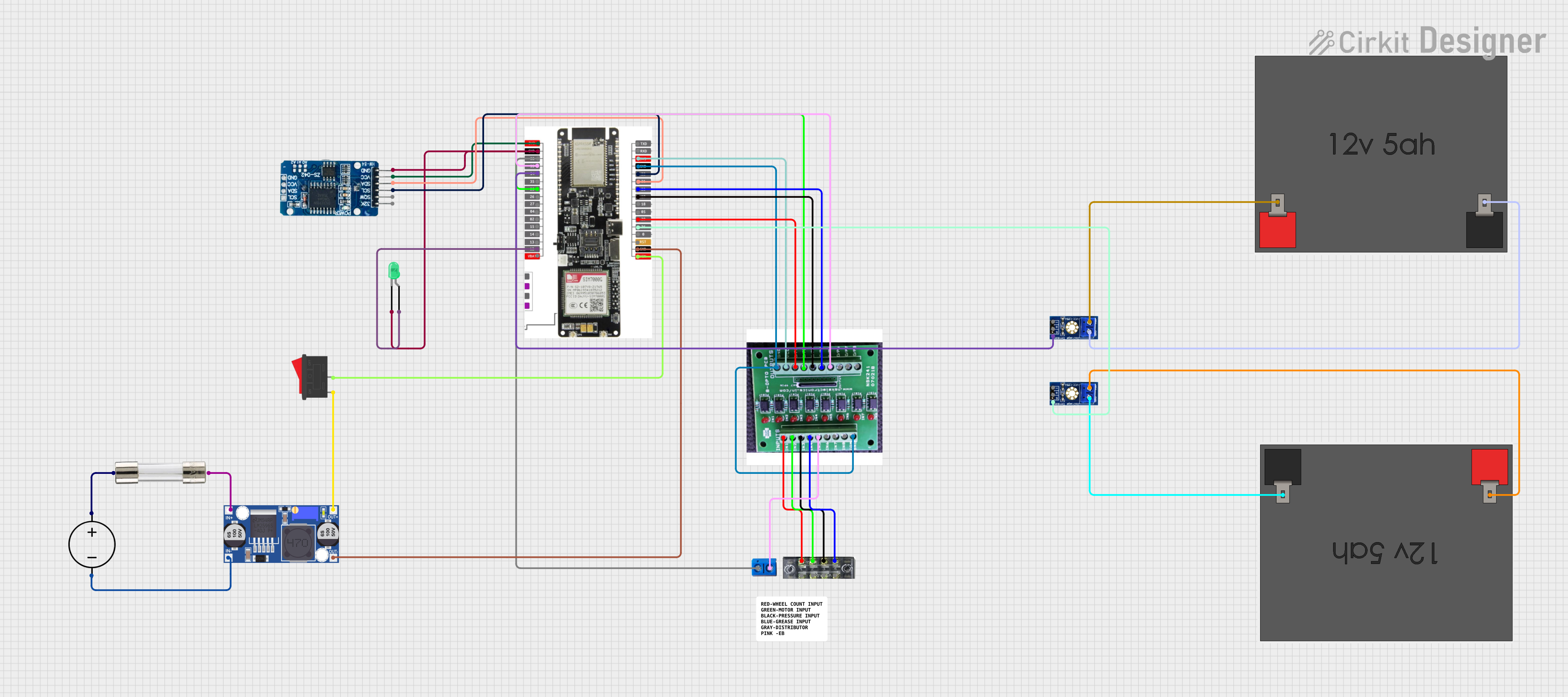
 Open Project in Cirkit Designer
Open Project in Cirkit Designer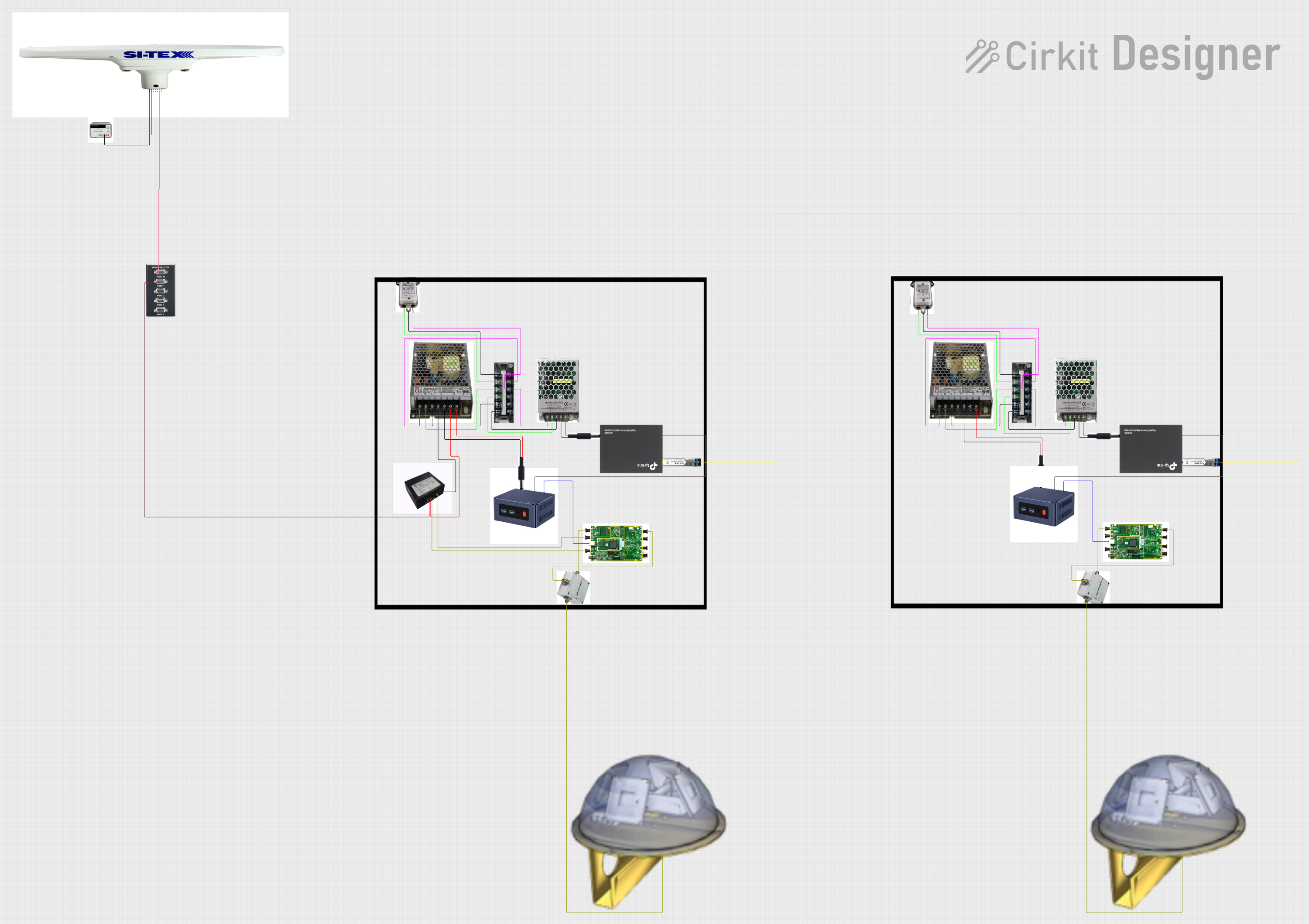
 Open Project in Cirkit Designer
Open Project in Cirkit Designer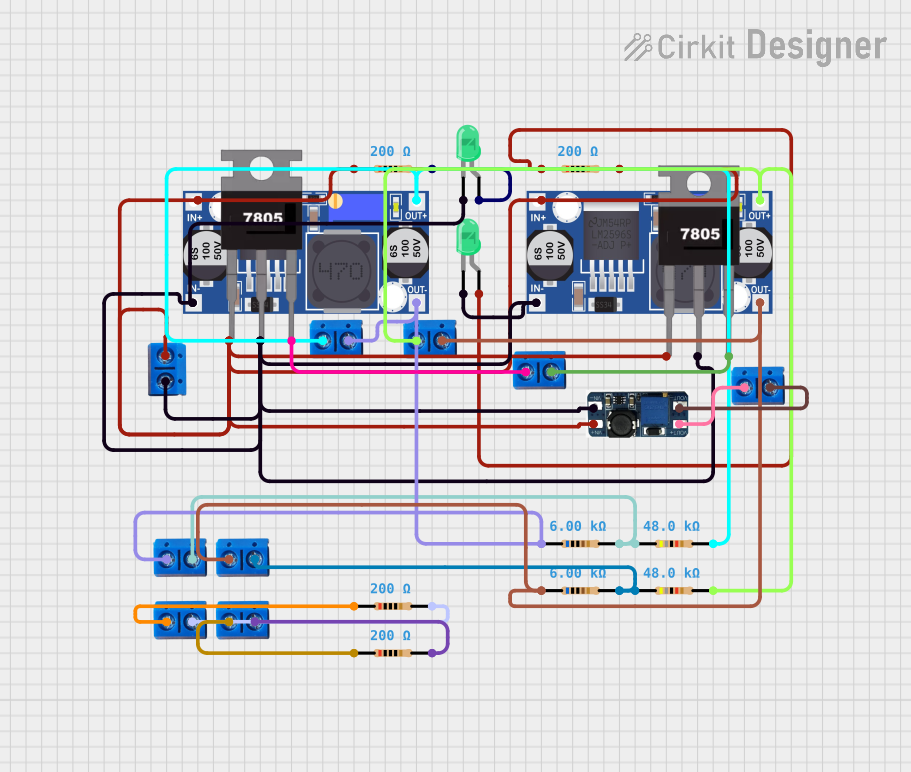
 Open Project in Cirkit Designer
Open Project in Cirkit Designer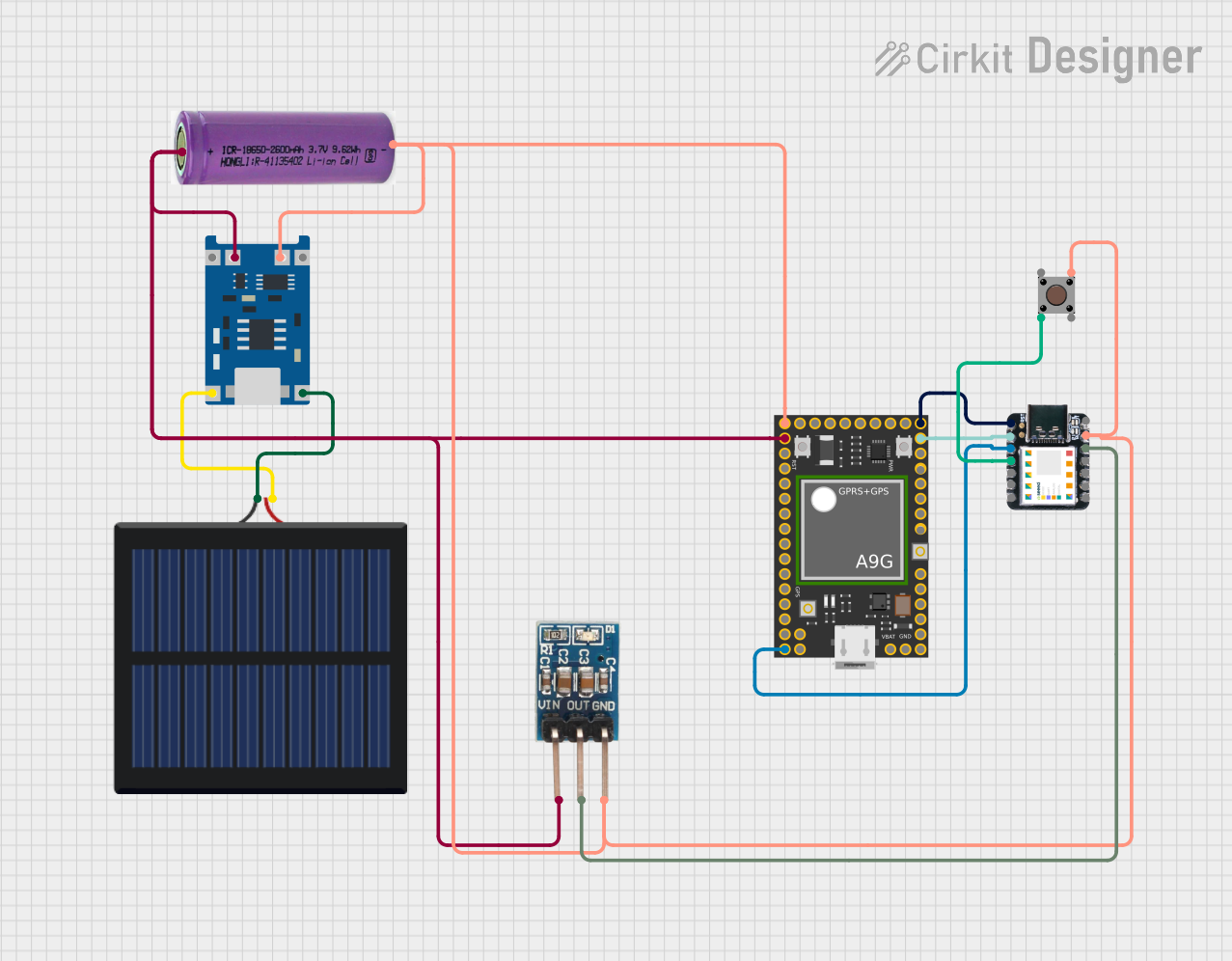
 Open Project in Cirkit Designer
Open Project in Cirkit DesignerExplore Projects Built with Tether Interface Board DC 12V

 Open Project in Cirkit Designer
Open Project in Cirkit Designer
 Open Project in Cirkit Designer
Open Project in Cirkit Designer
 Open Project in Cirkit Designer
Open Project in Cirkit Designer
 Open Project in Cirkit Designer
Open Project in Cirkit DesignerCommon Applications and Use Cases
- Powering and controlling underwater remotely operated vehicles (ROVs)
- Enabling communication in tethered robotic systems
- Industrial equipment requiring tethered power and data transfer
- Surveillance systems with tethered cameras or sensors
Technical Specifications
The Tether Interface Board DC 12V is designed to operate efficiently in demanding environments. Below are its key technical details:
Electrical Specifications
| Parameter | Value |
|---|---|
| Operating Voltage | 12V DC |
| Maximum Current | 5A |
| Communication Protocol | UART, RS-485, or CAN Bus |
| Power Efficiency | >90% |
| Operating Temperature | -20°C to 70°C |
| PCB Dimensions | 100mm x 50mm x 20mm |
Pin Configuration and Descriptions
The board features a set of input and output pins for power and communication. Below is the pinout:
Power and Communication Pins
| Pin Number | Name | Description |
|---|---|---|
| 1 | VIN | 12V DC power input |
| 2 | GND | Ground connection |
| 3 | TX | UART Transmit (data out) |
| 4 | RX | UART Receive (data in) |
| 5 | CAN_H | CAN Bus High |
| 6 | CAN_L | CAN Bus Low |
| 7 | RS485_A | RS-485 Differential Signal A |
| 8 | RS485_B | RS-485 Differential Signal B |
| 9 | AUX_PWR_OUT | Auxiliary power output (regulated 5V, 1A max) |
| 10 | SHIELD | Shield connection for cable grounding |
Usage Instructions
How to Use the Component in a Circuit
- Power Connection: Connect a 12V DC power source to the
VINpin and the ground to theGNDpin. - Communication Setup: Depending on your application, connect the appropriate communication pins:
- For UART communication, use the
TXandRXpins. - For CAN Bus, connect
CAN_HandCAN_L. - For RS-485, connect
RS485_AandRS485_B.
- For UART communication, use the
- Auxiliary Power: If your tethered device requires a 5V power supply, use the
AUX_PWR_OUTpin. - Shielding: Connect the
SHIELDpin to the cable shield to reduce electromagnetic interference.
Important Considerations and Best Practices
- Ensure the power source provides a stable 12V DC output to avoid damaging the board.
- Use proper shielding for the tether cable to minimize noise and signal degradation.
- Verify the communication protocol (UART, RS-485, or CAN Bus) matches the requirements of your tethered device.
- Avoid exceeding the maximum current rating of 5A to prevent overheating or damage.
Example: Connecting to an Arduino UNO
The Tether Interface Board can be easily interfaced with an Arduino UNO for UART communication. Below is an example code snippet:
// Example: Communicating with the Tether Interface Board via UART
// Connect TX (Pin 3) of the board to RX (Pin 0) of Arduino UNO
// Connect RX (Pin 4) of the board to TX (Pin 1) of Arduino UNO
// Ensure GND of the board is connected to GND of Arduino UNO
void setup() {
Serial.begin(9600); // Initialize UART communication at 9600 baud rate
Serial.println("Tether Interface Board Communication Initialized");
}
void loop() {
// Send a test message to the Tether Interface Board
Serial.println("Hello, Tether Interface Board!");
// Check if data is available from the board
if (Serial.available() > 0) {
String receivedData = Serial.readString(); // Read incoming data
Serial.print("Received: ");
Serial.println(receivedData); // Print received data to Serial Monitor
}
delay(1000); // Wait for 1 second before sending the next message
}
Troubleshooting and FAQs
Common Issues and Solutions
No Power to the Board
- Cause: Incorrect or unstable power supply.
- Solution: Verify the power source provides a stable 12V DC output and check the connections to
VINandGND.
Communication Failure
- Cause: Incorrect wiring or mismatched communication protocol.
- Solution: Double-check the connections for
TX,RX,CAN_H,CAN_L,RS485_A, andRS485_B. Ensure the protocol settings (e.g., baud rate) match between the board and the connected device.
Overheating
- Cause: Exceeding the maximum current rating of 5A.
- Solution: Reduce the load on the board and ensure proper ventilation.
Signal Noise or Interference
- Cause: Poor shielding or long tether cables.
- Solution: Use a shielded cable and connect the
SHIELDpin to the cable shield.
FAQs
Q: Can I use a power source other than 12V DC?
A: No, the board is designed to operate specifically at 12V DC. Using a different voltage may damage the board.Q: What is the maximum tether length supported?
A: The maximum tether length depends on the communication protocol and cable quality. For UART, shorter lengths are recommended, while RS-485 and CAN Bus can support longer distances (up to 1000 meters with proper shielding).Q: Can I use the board outdoors?
A: The board is not weatherproof. If outdoor use is required, ensure it is enclosed in a waterproof and dustproof housing.
This concludes the documentation for the Tether Interface Board DC 12V. For further assistance, refer to the manufacturer's support resources.